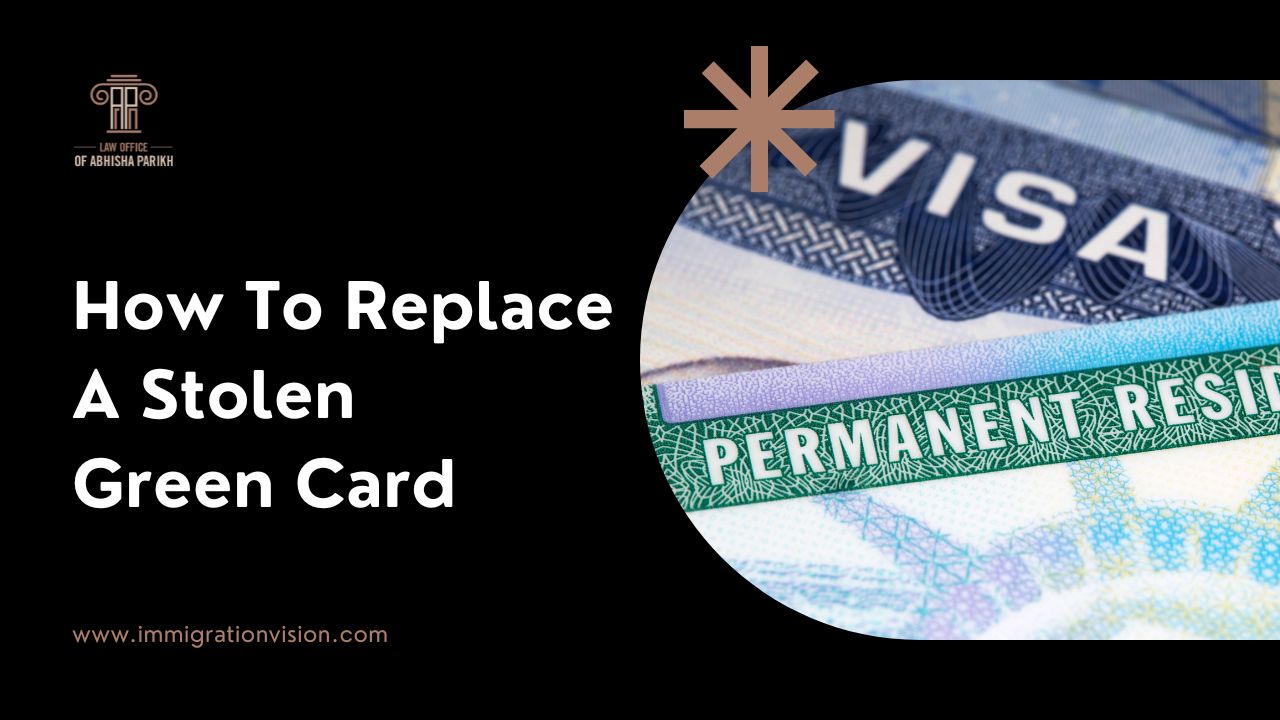What Are The Four Categories Of Immigration?
If you plan to immigrate to the U.S., familiarize yourself with four categories of immigration status. These statuses are citizens, residents, non-immigrants, and undocumented immigrants. Now let’s answer the question:
What are the four categories of immigrants who receive specific legal statuses in the United States?
1. Citizens
The first of the four categories of immigration is U.S. citizens. U.S. citizens are individuals born in the United States. They obtain citizenship after residing in the country for three to five years. Immigrants who obtain U.S. citizenship have legal permission to work.
Moreover, they can receive government benefits as long as they are qualified. They can even help their families like spouses, children, siblings, and parents to apply for legal residency and citizenship. The United States cannot deport any individual once they are a U.S. citizen. That is, unless they have cases regarding fraudulent activity to gain citizenship.
2. Undocumented Immigrants
Undocumented immigrants are individuals who are illegally entering the country and staying here. Since they live in the U.S. without authorization, undocumented immigrants cannot receive temporary visa permits. They can not even apply for residency.
Moreover, they cannot work and receive government benefits like health insurance or send applications for a driver’s license. The U.S. can deport an undocumented immigrant back to their country of origin if caught.
3. Non-Immigrants
Nonimmigrants are individuals legally residing and working in the U.S. temporarily. Examples of non-immigrants are tourists, students, fiancées with K-1 visas, and business visitors. Non immigrants should avoid overstaying at all costs. They must not engage in fraudulent acts to obtain the immigrant visa or violate its terms and conditions.
4. Legal Permanent Residents and Conditional Residents
Finally, the last of the four categories of immigration are Legal Permanent Residents and Conditional Residents. Lawful Permanent Residents or LPRs are the immigrants who obtained their green cards. They do this through the U.S. Citizenship and Immigration Services (USCIS). They have legal authorization to live and work permanently in the country.
To become a permanent resident, you must have a family to sponsor the green card application or an employer. Also, you can become a permanent resident through a refugee status. All immigrants can seek asylum in the United States if they meet the necessary requirements.
On the other hand, Conditional Residents are people who obtained their green cards before completing two years of marriage. After receiving the green card, this type of immigration category requires the immigrants and their spouses to jointly file. They must jointly file the removal of the condition before two years pass. Not being able to do so will result in the expiration of the green card and deportation of the immigrants.
Understanding the Four Categories of Immigration
Citizens, residents, non-immigrants, and undocumented immigrants—is crucial for anyone planning to immigrate to the U.S. Each category comes with specific rights, responsibilities, and legal implications. Citizens enjoy the full spectrum of benefits and protections. Undocumented immigrants face significant restrictions and the risk of deportation.
Non-immigrants have temporary status. Legal permanent residents receive authorization live and work legally in the U.S. permanently, with conditional residents needing to meet additional requirements. With this information, individuals can better navigate their path to residency or citizenship in the United States.
If you need personalized assistance, don’t hesitate to book a consultation with our experienced immigration law firm. We are here to assist you at every stage of the process.
[gdlr_core_button button-text=”Consult With Our Immigration Experts” button-link=”https://immigrationvision.com/consultation/” button-link-target=”_blank” margin-right=”10px” ]





